The Goodes fight against evil
A ‘compelling, often devastating’ new documentary traces the ugly campaign against Adam Goodes.
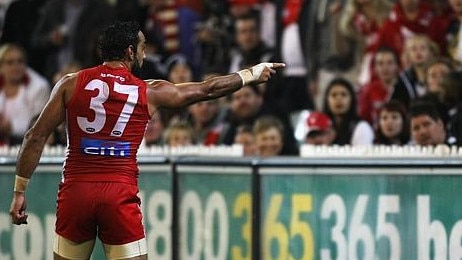
Adam Goodes: The Final Quarter is a compelling, often devastating, documentary. It’s not the film Ian Darling once thought he might make about a sporting legend; it’s something more profound and more uncomfortable, and already it has had a considerable impact.
Made up entirely of archival footage and material, with no voiceover commentary, The Final Quarter traces events that took place during the final three years of Goodes’s AFL career.
Darling, documentary-maker, philanthropist and winner of AACTA’s Byron Kennedy Award, remembers seeing Goodes kick one of the crucial goals at the end the 2012 grand final and thinking he could be the subject of an interesting observational documentary. Here was one of the AFL’s greatest champions, an indigenous role model and community worker, nearing the end of a long career in which he had won virtually every honour in the game.
The following year everything had changed: Goodes had become the target of a sustained campaign of hostility and undermining.
“I was so upset by what I was seeing, and so confused. It really disturbed me,” Darling says. “Before I knew it he’d retired, and the story just seemed to slip away. But it never left me. I think I felt more concerned that it had gone totally off the agenda and off everyone’s consciousness.”
In mid-2017, Darling and editor Sally Fryer started going through footage of games and news coverage from that time. “It was then that we started to get a sense of how much had actually happened by way of conversation,” he says. “I thought, maybe we can simply make a film about this discussion. It had the opportunity to reveal so much about us and what was happening at the time.”
The Final Quarter sets out the timeline, beginning in a 2013 match against Collingwood at the MCG. It was during the AFL’s indigenous round, and Goodes was called an “ape” by a 13-year-old Collingwood supporter. He reacted immediately and she was removed from the ground.
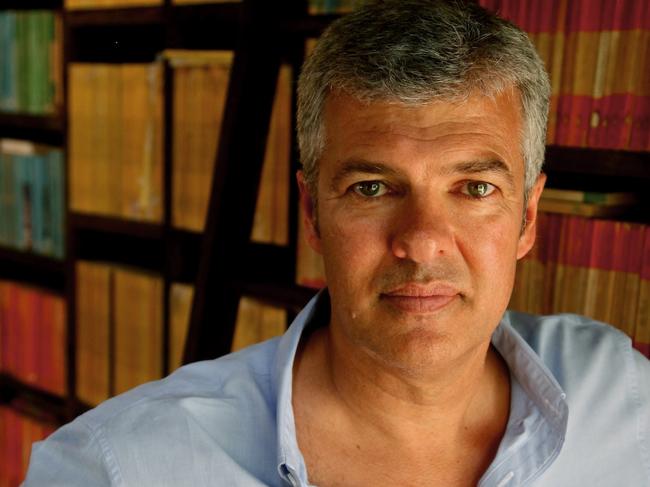
Collingwood president Eddie McGuire, also a radio and TV commentator, apologised straight away on behalf of the club.
One of the things that struck Darling, he says, is how thoughtfully Goodes spoke on every occasion, how ready he was to address issues raised with him.
“He said it all then. The problem was that we didn’t listen to him,” Darling says. “The Final Quarter offers an opportunity to listen to him in full and in context.”
The day after the game, Goodes told the media that he was shattered by the taunt and that it wasn’t new to him.
“Yeah, look, I’m pretty gutted to be honest. The win, you know the first of its kind in 13 years, to win by 47 points against Collingwood, to play such a pivotal role, it just sort of means nothing. You know to — you know, come to the boundary line and to hear a 13-year-old girl call me an ape, and it’s not the first time on a footy field I’ve been referred to as a monkey or an ape, it was — it was shattering … You know, racism has a face last night, and you know it was a 13-year-old girl, but it’s not her fault. She’s 13. She’s still so innocent. I don’t put any blame on her. Unfortunately, it’s what she hears; the environment that she’s grown up in.”
The Final Quarter returns to this incident because it became a focus for some of Goodes’s most strident detractors in the media; they kept returning to the notion that he was bullying a child.
As the documentary shows, Goodes actually said, among other things: “The person that needs the most support right now is the little girl … It’s not a witch hunt. I don’t want people to go after this young girl. But we need to educate her. We need to support her.”
Then came the extraordinary follow-up, days later, in which McGuire, on radio, suggested that Goodes could be incorporated into a promotion for King Kong, the musical. What McGuire offered this time was an apology wrapped up in denial, a pattern that replayed in different ways during the next few years.
Every time the media coverage, with rare exceptions, shied away from naming racism when discussing responses to Goodes.
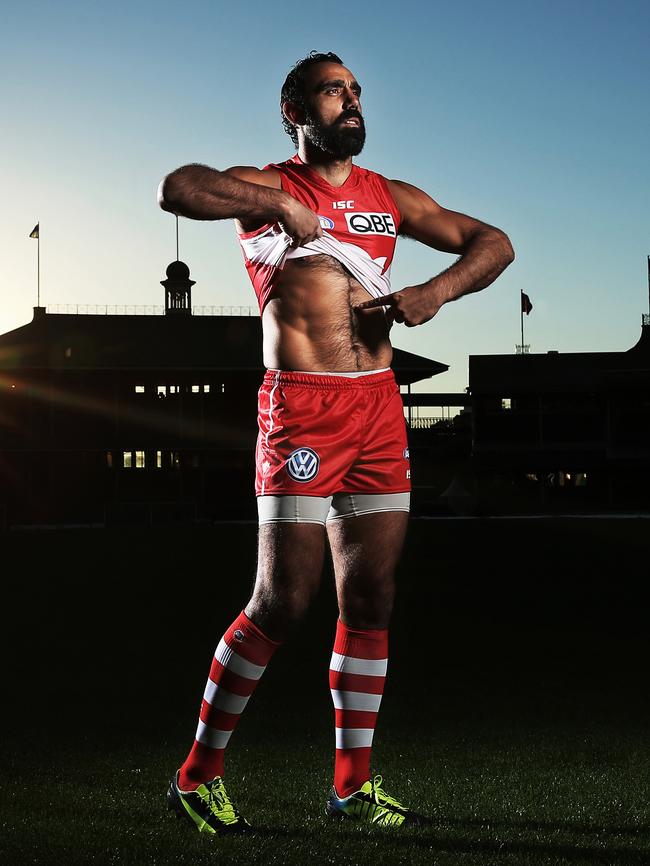
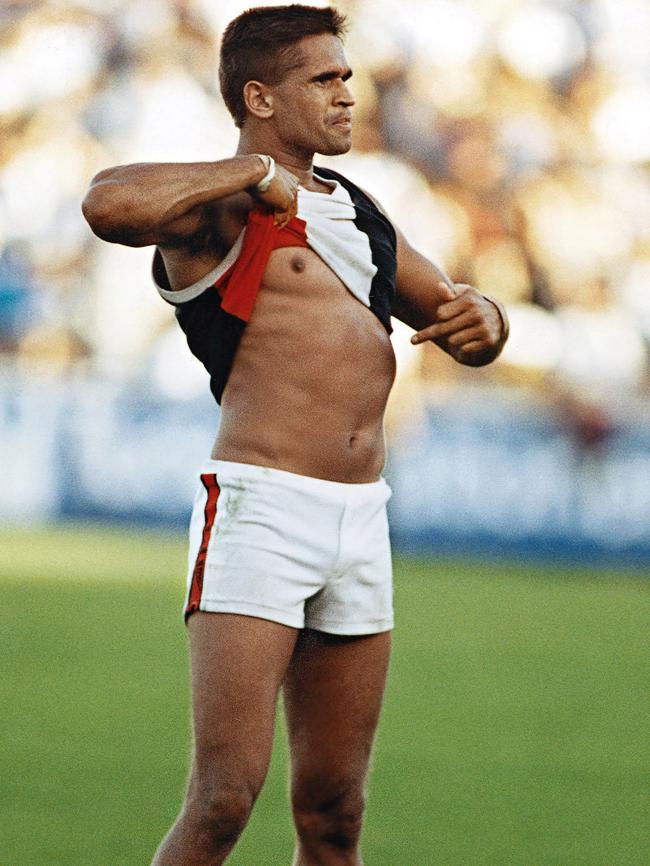
Goodes was injured and missed the last 13 games of 2013. In 2014 he was named Australian of the Year. He spoke with feeling about what this meant to him, and what Australia Day meant to him as an Australian and an Adnyamathanha and Narungga man.
“So there was a lot of anger, a lot of sorrow for this day and very much the feeling of Invasion Day,” he said. “But in the last five years, you know I’ve really changed my perception of what is Australia Day, what it is to be Australian, and for me it’s about celebrating the positives, that, you know, we are still here as indigenous people.
“Our culture is one of the longest surviving cultures in the world, over 40,000 years, and that is something that we need to celebrate and all Australians need to celebrate. And if there are people out there thinking that today’s a great day for Australia, well it is. It’s a day we celebrate you know over 225 years of European settlement, and that’s who we are.”
He went on: “Right now that’s who we are as a nation. But we also need to acknowledge our fantastic history, Aboriginal history of over 40,000 years … and just know that some Aboriginal people out there today are feeling a little bit angry, are feeling a little bit soft in the heart today because of that, and that’s OK as well.”
It’s at this point, Darling says, that the booing started at games every time Goodes went near the ball. Some commentators tried to rationalise it, others chose not to talk about it. Media detractors called him divisive. The AFL stayed silent.
“Silence is as damaging in many ways as calling out something,” Darling says. “I think there was great silence from our political leadership over that period.”
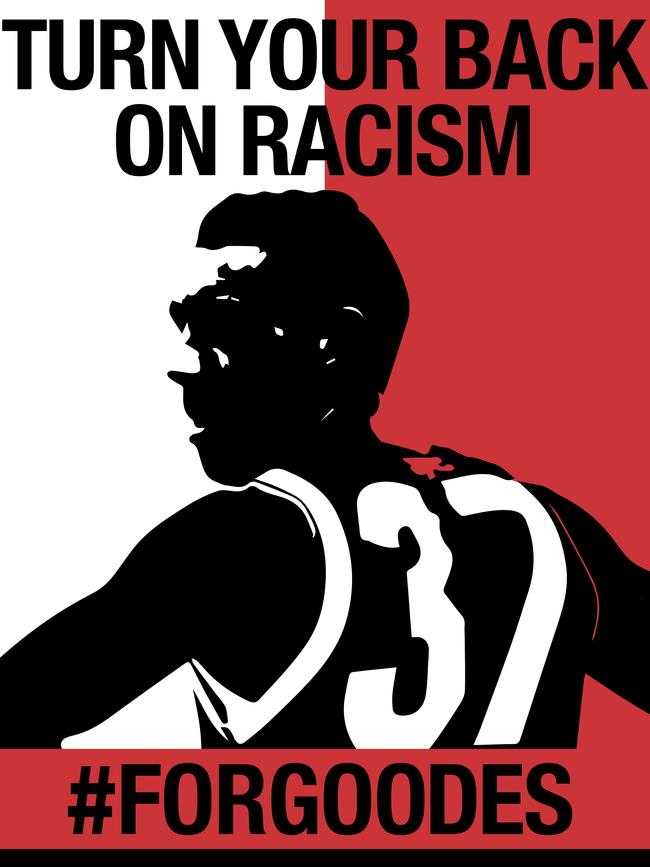
He found nothing worth including “but in a broader sense, whether it was other people in the league or the clubs or the wider community, I think that’s a question everyone has to ask. What was I doing, and did I have the ability to speak up? And why didn’t I?”
Another aspect the film could only touch on, Darling says, was “the enormity of the social media commentary. That was very aggressive … there was a huge amount of ugly and pretty aggressive stuff out there.”
There was a new development the following year. In 2015, in the indigenous round game against Carlton, Goodes celebrated a goal with a war dance. Some commentators welcomed it while others called it violent or threatening.
The Final Quarter shows the context and origins of the dance, with footage of a perplexed Goodes explaining its celebratory implications, the fact it was taught to him by an indigenous youth football team.
2015, Round 9.
— Sydney Swans (@sydneyswans) August 23, 2017
Adam Goodes celebrates a goal with an Indigenous war dance as the Swans claim a 60-point win over the Blues at the SCG. pic.twitter.com/KObxFwY7d6
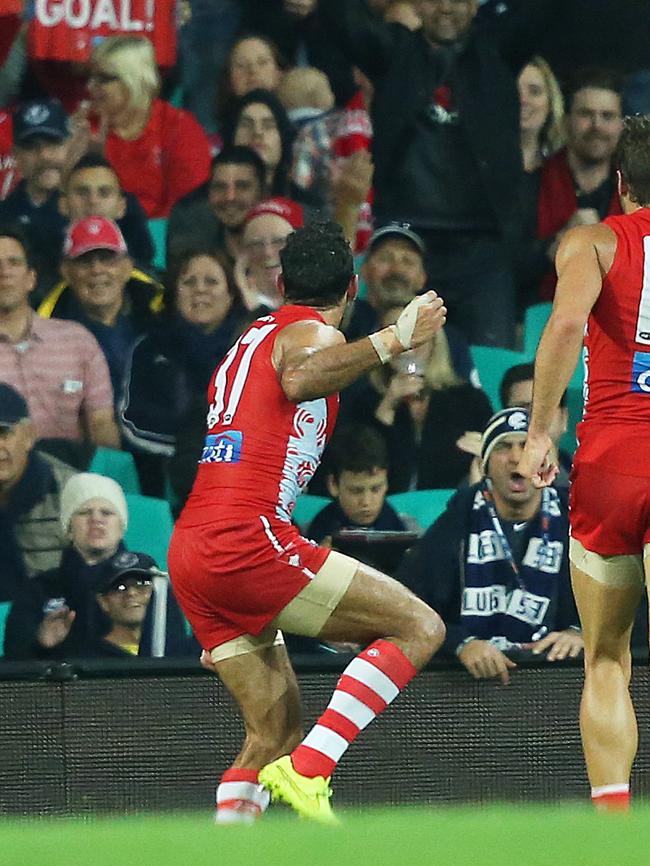
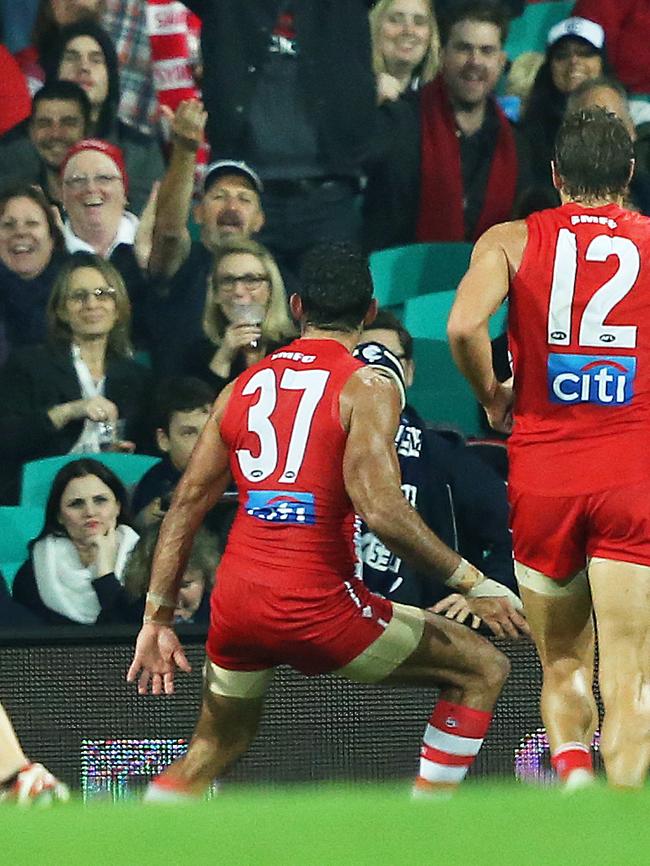
To Darling, the reaction highlights another kind of silence: “Had there been some more indigenous commentators, even during the indigenous round, a lot of this heat could have come out of immediately.”
Again, Goodes gave a thoughtful response, and again there was a barrage of criticism. The boos continued, game after game. Some commentary introduced a narrative about the booing as a response to Goodes supposedly staging for free kicks. It was a palpably implausible explanation, Darling says, that refused to acknowledge the notion of racism. “That was another clue about how uncomfortable we were at addressing what was really happening,” he says.
In mid-2015, a belated outpouring of support — “I stand with Adam” — took place at games. But it was too late. By the end of the year Goodes had retired, choosing not to take part in the traditional grand final farewell.
“We saw one of our greatest sportspeople leaving the game, literally being booed out of the game, and we haven’t really examined that, and what it says about us, and why we let that happen,” Darling says. “It would be equally a tragedy if we didn’t go back and reconsider what that meant and what the consequences are.
“Apologising is absolutely vital, but what I want to do with this conversation is to say: what next? What can we learn from it? How can we do things differently?”
Adam Goodes: The Final Quarter screens at the Sydney Film Festival from tomorrow. It will be distributed to schools and sports clubs that request it.

To join the conversation, please log in. Don't have an account? Register
Join the conversation, you are commenting as Logout